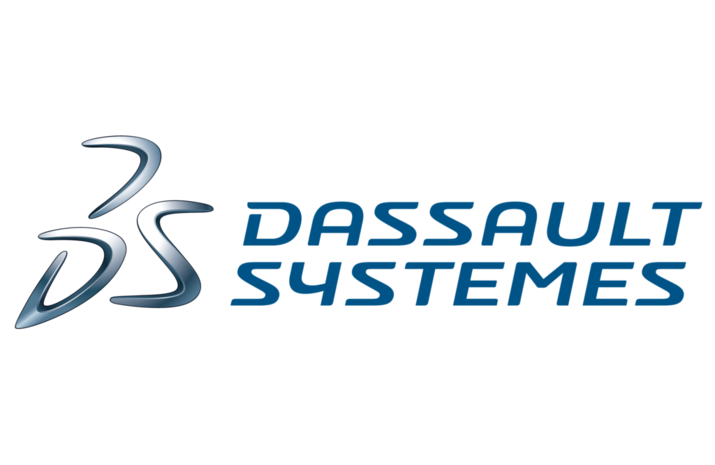Jonathan Bailey – Director, Business Transformation, Dassault Systèmes
This past month, we celebrated World Engineering Day to highlight the achievements of engineers in our modern world and improve the public understanding of the role engineering and technology play in our lives. From creating all the inventions that have radically changed the way we live, work and entertain ourselves, to making the world a more sustainable place.
This event is particularly important as we enter the Industry Renaissance, a new era where the physical and virtual worlds mix together seamlessly. From the way we design our vehicles to our clothes and even do clinical trials to test out new medicine, this blend of the virtual with the physical is impacting every industry. And one such area is city planning.
The global population is expected to reach 9.7bn by 2050 and two-thirds will live in urban areas. And by 2030 alone, the world is projected to have 43 megacities with more than 10 million inhabitants, up from 33 currently. However, some of the fastest-growing urban agglomerations are cities with up to 1 million inhabitants are predicted to account for half of all urban citizens. So, with this soaring global population, vast numbers of people are living in cities that are decades or centuries old, built for much smaller populations with very different needs. This puts a strain on resources, and puts our environment at risk: for example, many cities still rely on infrastructure that is wasting resources such as land, water and energy; and makes cities harder to manage logistically. Having said that, demand for housing and higher expectations around the new urban landscape presents an opportunity to review long-term plans for addressing social, economic and environmental challenges to make our cities more open, more welcoming and more sustainable.
‘Smart’ city planning
Smart city initiatives offer the potential to anticipate and plan for more robust, more connected and more digital urban areas. But moving to a smart city model isn’t simply a case of using the existing infrastructure and injecting it with connectivity. The reality is that smart cities are modelled differently in the virtual world, to test out hypotheses before developers launch large-scale works to modernise the existing infrastructure – from the sewers to the public transport system, the way public services are delivered to citizens and even the way we buy products in a connected city.
Designing cities packed with digital potential requires the right tools – and those tend to be virtual themselves. Using the cloud and software, civil engineers and architects can work together to design a virtual twin of the city. This ensures that engineers can test the impact of their prototypes in the virtual world, reducing the need to test the robustness of their designs and helping to better evaluate the potential impact of new material. And as a side benefit, this also helps reduce the amount of construction material that ends up in landfill, simply because the engineering team didn’t have enough time to test the impact of the wind on a light bridge.
Facing the complexity of today’s urban challenges, traditional methods and techniques of city planning and design are outdated. Therefore, it’s time for smart city developers to begin implementing digital technologies that will assist in the transformation of urban planning for more liveable cities.
Virtual reality for virtual living
A diverse range of disciplines are helping solve these challenges; aided by a suite of digital tools that allow scientists and city planners to see and explore the futures we are creating and their effects on their inhabitants and the planet as a whole.
For instance, technology and virtual environments present an opportunity for city planners and local authorities to rethink how they address social, economic and environmental challenges to sustainability and the resilience of their communities. An effective smart city is one that creates a space that is more responsive to the needs of citizens, more environmentally conscious and more cost-effective, through virtualisation technology.
This approach could lead to a reimagining of the entire discipline of architecture by focusing not just on the resulting structure but also the impact a building will have on the planet’s resources. For instance, Virtual Singapore is a great example of how the Singapore Government has used virtualisation to help analyse and understand how the city works today to make better predictions for its future growth. This project shows the limitations of a traditional approach to city planning: with sea levels rising and a surge in population, it would take months to civil engineers to even test out a few hypotheses, such as: should buildings be raised higher above ground to avoid flooding in twenty years’ time? How can the existing health infrastructure deal with future epidemics? By using a virtual model of the city, engineers can play out these and many other scenarios, evaluate solutions and share conclusions with the government who can then advise on the best strategies to execute in the real world to improve the lives of citizens.
Designing our future cities
The beating heart of the city is its people. As we continue to build mega cities and connect every area with each other, both through better transport links and virtually with fastest networks, it’s easy to forget the impact all these developments have on the inhabitants of the city. Technologies have a central role to play in supporting the development of cities that continually engage with and respond to their citizen’s needs – putting together the talent of software, cloud and civil engineers to create the cities of the future.
After all, there is an urgent need for cities to harness innovation to make cities more liveable and sustainable by becoming ‘intelligent’. Digital platforms can now provide a powerful aid for decision making and urban planning, enabling a holistic approach to predict and meet social, economic and environmental outcomes.
With this in mind, smart developers no longer have to imagine what the future city may look like. With the help of smart civil engineers tuned into the virtual world, they can drive what the sustainable cities of the future will look like, one virtual twin at a time.





